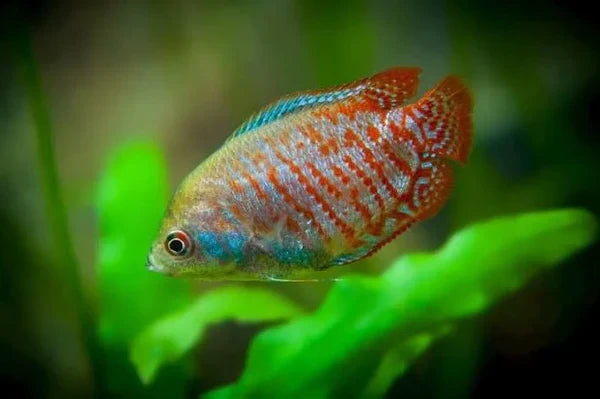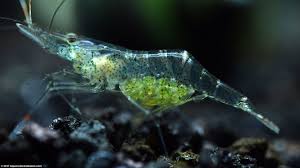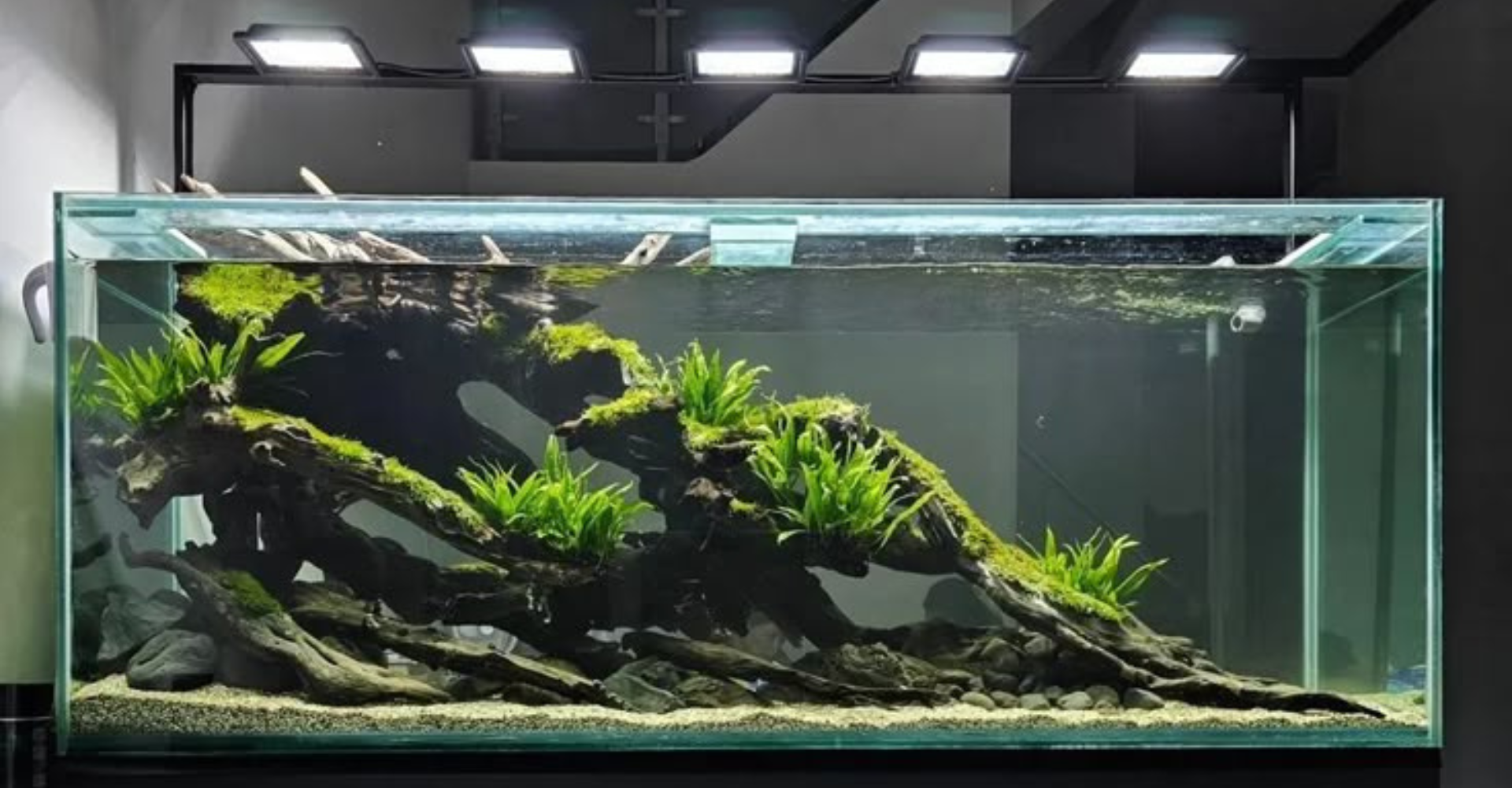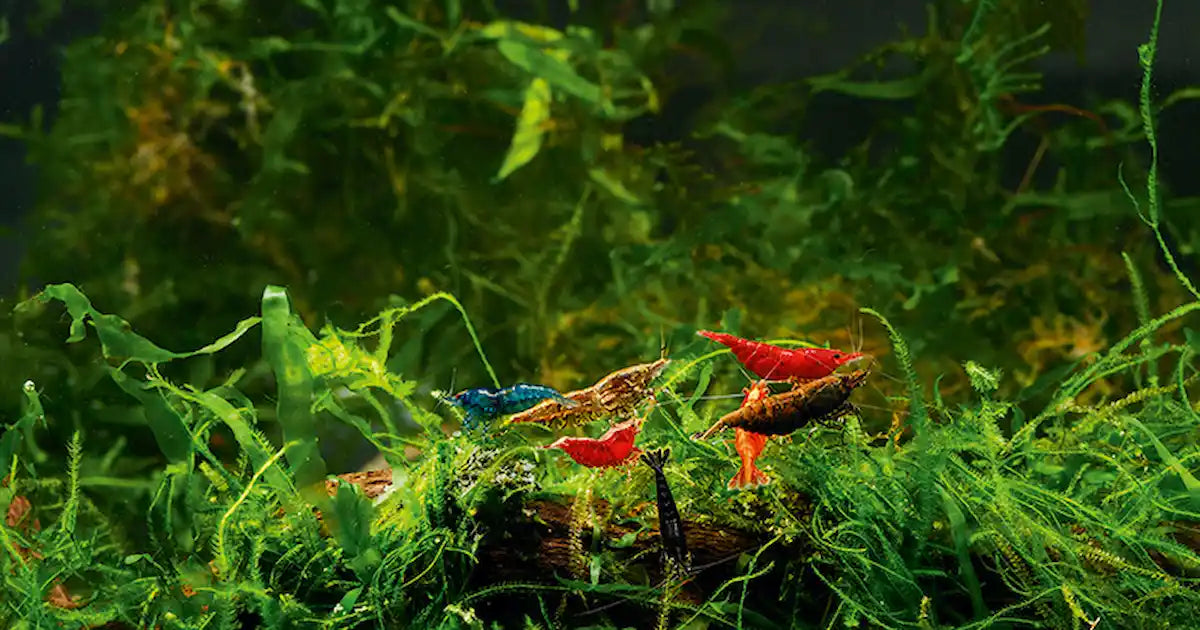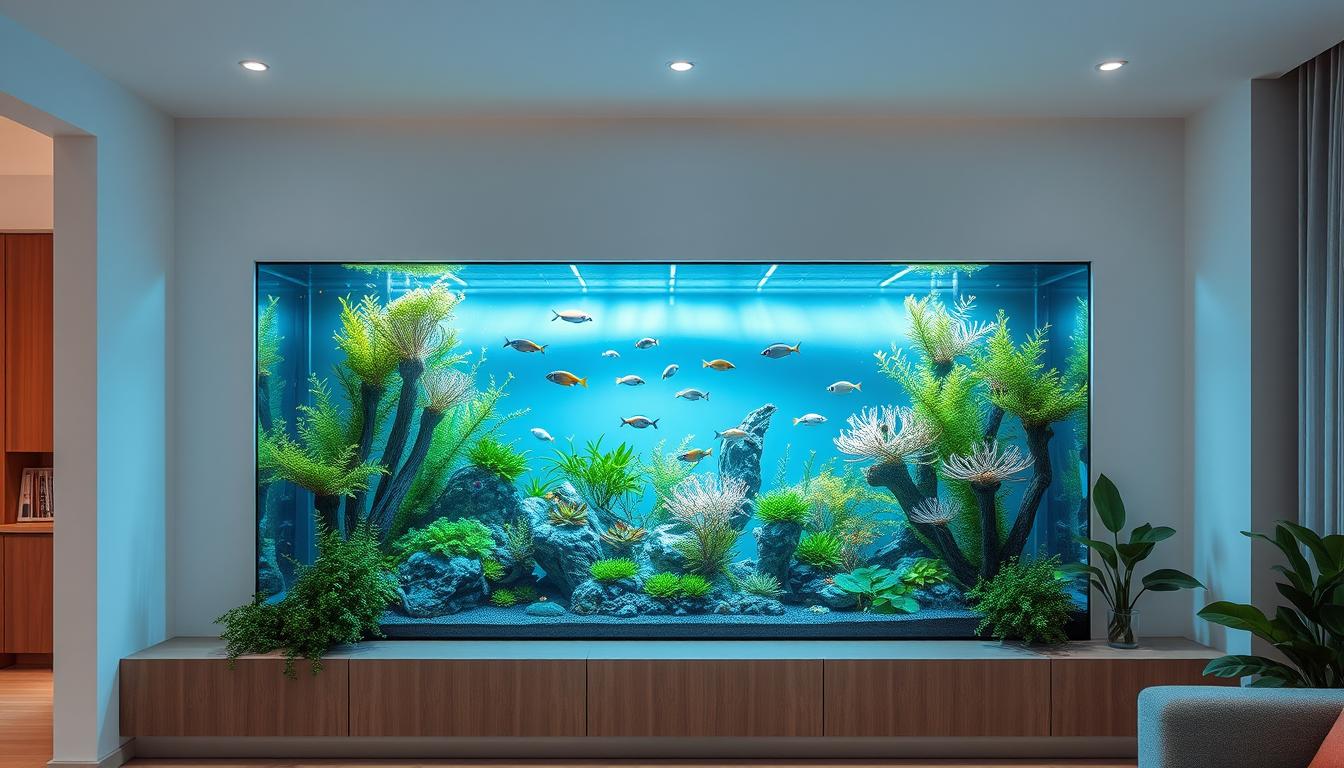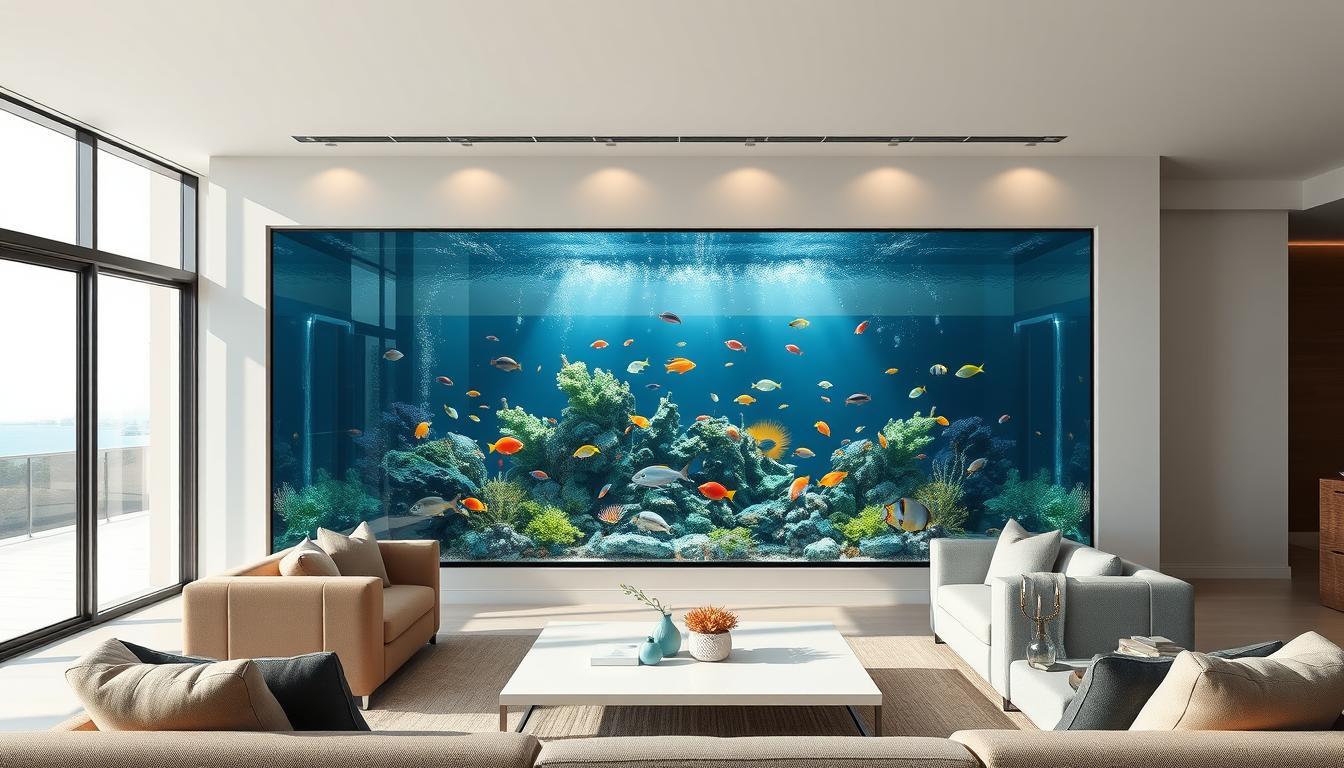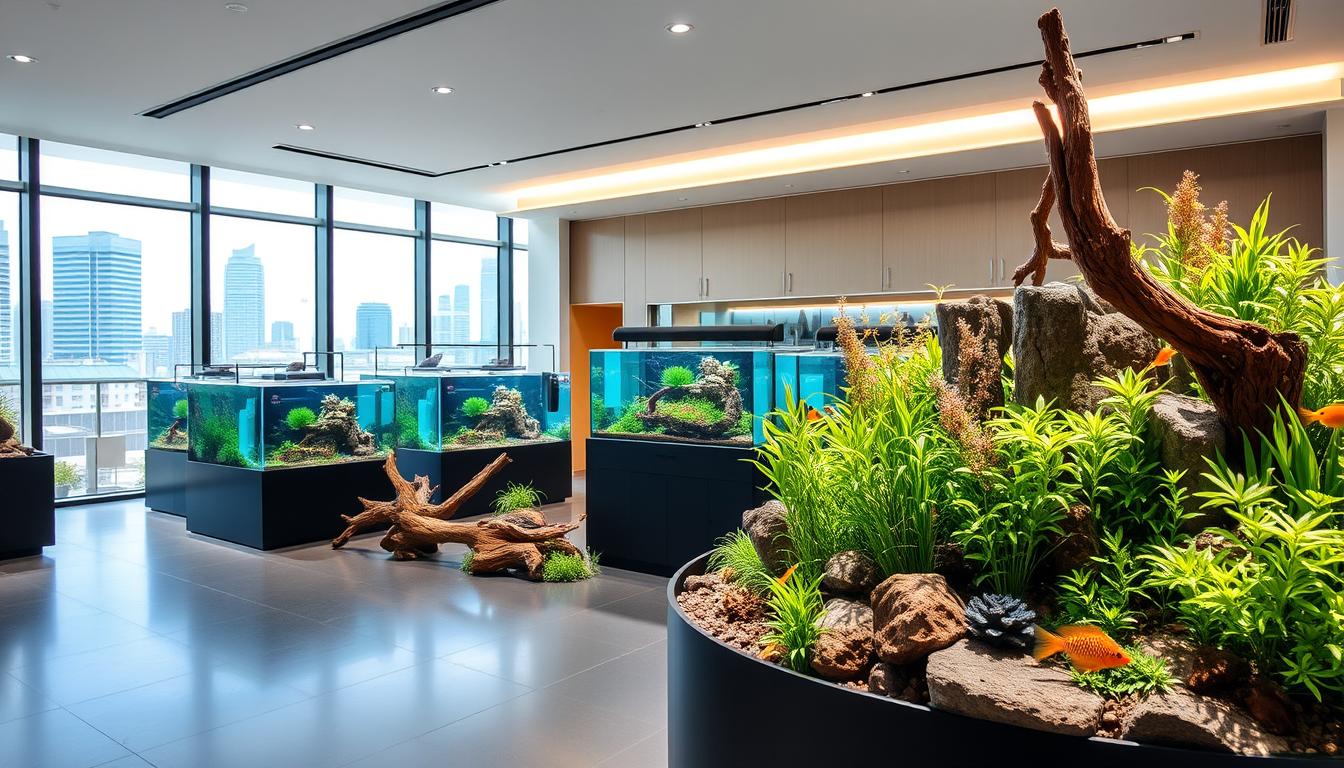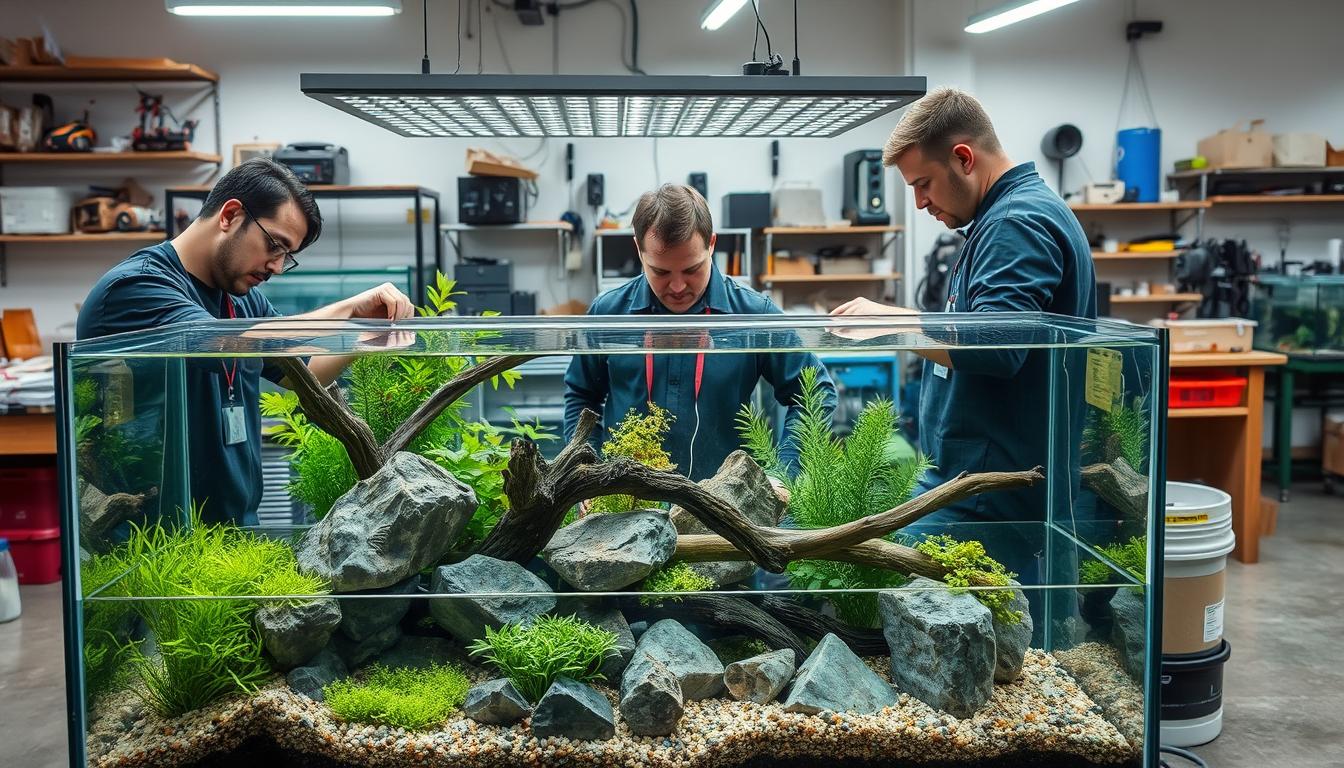Creating a captivating underwater world at home is both thrilling and rewarding. Whether you're new to fishkeeping or a seasoned enthusiast, designing a vibrant tank offers endless creative possibilities. This guide explores practical ideas to transform your space into a living artwork, blending aesthetics with fish-friendly functionality.
In Australia, local conditions like water hardness and temperature play a role in setup choices. From compact desktop tanks to sprawling freshwater ecosystems, every project benefits from smart planning. We’ll cover equipment basics, aquascaping techniques, and plant selection tailored to Aussie environments.
Why does this matter? A well-designed fish tank isn’t just visually striking—it supports healthier aquatic life. You’ll discover how DIY solutions (think handmade caves or recycled décor) pair with commercial gear for unique results. Let’s dive into creating a display that sparks joy every time you glance its way.
Key Takeaways
- Balancing creativity with functionality boosts your tank’s visual appeal and fish health
- Local water conditions influence equipment choices for Australian hobbyists
- Aquascaping techniques transform basic setups into natural-looking ecosystems
- Combining DIY projects with store-bought items personalises your display
- Regular maintenance routines keep your aquatic environment thriving long-term
Why a Stunning Fish Tank Display Matters
An eye-catching aquatic environment does more than house fish—it becomes a living artwork that enhances any room. Thoughtful design choices in your tank create visual harmony while supporting healthier aquatic life. Let’s explore how blending form and function elevates both your space and wellbeing.
Benefits of a Beautiful Aquarium Setup
A well-designed display acts as a natural stress reliever. Studies show watching fish glide through planted landscapes lowers heart rates and boosts mood. For aquatic residents, proper layouts with hiding spots and open swimming areas mimic their natural habitats.
Vibrant plants like Java fern or Anubias add texture and help maintain water quality. Pairing compatible species—think neon tetras with peaceful gouramis—creates dynamic movement. This balance turns glass boxes into thriving micro-ecosystems.
Creating a Relaxing Underwater Environment
Soft lighting and flowing hardscape elements (like driftwood) establish calm. Aussie hobbyists often use local stones to craft authentic layouts. These features provide shelter for fish while adding earthy colors to your setup.
Regular maintenance keeps the tank crystal clear, letting every detail shine. Whether you prefer minimalist designs or jungle-style plantings, consistency matters. A healthy aquatic world becomes a daily source of joy—for both you and its inhabitants.

Key Considerations for Your Aquarium Setup
The foundation of any successful aquatic environment lies in its core setup. Australian homes demand smart solutions – think vertical tanks for tight spaces or wide-bodied designs for active swimmers. Your choices directly impact both aesthetics and creature comfort.
Selecting Dimensions That Work
Bigger isn’t always better. A 60cm tank suits most apartments, while 90cm+ systems let schooling fish thrive. Consider these factors:
| Tank Volume | Dimensions | Ideal For |
|---|---|---|
| 40L | 45x30x30cm | Single betta or shrimp colonies |
| 100L | 60x40x40cm | Small community species |
| 200L+ | 90x45x45cm | Active swimmers like rainbowfish |
*Measurements suit standard Australian cabinet sizes
Maintaining Liquid Balance
Weekly water changes remove invisible threats. “Nitrate buildup occurs faster in smaller tanks,” notes Sydney aquarist Mia Chen. “Replace 25% weekly – it’s like giving your system fresh air.”
Proper maintenance prevents pH crashes common in our harder water regions. Use gravel vacuums during changes to clean waste traps. Pair this with quality filtration for crystal clarity.
“Consistent care routines beat marathon cleaning sessions every time.”
Match your system to residents’ needs. Territorial cichlids need space dividers, while nano tanks demand precise water testing. Get this right, and your underwater world practically runs itself.
Essential Aquarium Equipment and Accessories
Your aquatic haven thrives when supported by the right tools. Like a well-stocked toolkit for a tradie, quality equipment transforms glass boxes into vibrant ecosystems. Let’s break down the gear that keeps water sparkling and residents happy.
Filtration Systems and Maintenance
Think of filters as your tank’s trusty sidekick. Canister models handle larger volumes quietly, while sponge types suit nano setups. Aussie forums rave about weekly media rinses in old tank water – it preserves beneficial bacteria. “A clean filter isn’t about spotlessness,” advises Melbourne hobbyist Liam Park. “It’s about balance.”
Pair mechanical and biological filtration for crystal clarity. Replace carbon inserts monthly, but never all media at once. This steady approach prevents fish stress and keeps ammonia spikes at bay.
Lighting, Heating, and Temperature Control
LED light bars do double duty – they showcase colours and fuel plant growth. Aim for 8-10 hours daily to mimic natural cycles. Submersible heaters with external thermostats prevent summer overcooking, crucial in our variable climate.
Match wattage to your system’s size: - 50W for 40L tanks - 100W for 100L setups - 300W for 200L+ displays
Stylish options like rimless glass heaters or pendant lights blend seamlessly into designs. Remember, stable temps mean happier fish and fewer algae surprises. It’s the quiet consistency that makes all the difference.

Best Aquarium Setup Ideas for a Stunning Fish Tank Display
Every aquarist faces the DIY versus store-bought dilemma – let's explore both paths. Natural elements like river stones and spider wood create authentic landscapes, while clever arrangements of plants add depth to your underwater canvas. The right balance turns glass boxes into thriving ecosystems where growth and beauty coexist.
https://www.youtube.com/watch?v=4y9vcjJmCi4
Living Art Through Flora and Hardscape
Layer foreground mosses behind mid-sized ferns for instant depth. Queensland hobbyist Jenna Wu suggests: "Use vertical driftwood as living plant holders – Anubias thrives when tied to wood." Natural stone stacks create fish hideouts while boosting beneficial bacteria colonies.
| Design Element | DIY Approach | Commercial Solution |
|---|---|---|
| Plant Anchoring | Fishing line + lava rocks | Pre-made plant weights |
| Focal Points | Collected driftwood | Resin ornaments |
| Substrate | Sand/gravel mixes | Nutrient-rich planted soils |
Tailored Solutions for Every Budget
Handmade backgrounds using expanding foam save cash but demand time. Ready-made setups offer plug-and-play convenience – perfect for busy lifestyles. Consider mixing approaches: pair commercial filters with homemade décor for a personal touch.
Local plant swaps (check Facebook groups) provide affordable inspiration. Whether crafting terracotta cave systems or investing in CO₂ kits, remember: thriving fish need stable environments more than Pinterest-perfect layouts. Your unique vision matters most.
Inspiring Aquascape Designs for All Levels
Transforming glass walls into living landscapes starts with nature’s toolkit. Driftwood’s twisted forms and weathered rocks become your paintbrushes, crafting scenes that pull viewers into miniature worlds. These elements do more than decorate – they shape environments where fish explore and plants flourish.
Nature’s Blueprint for Dimension
Positioning driftwood at angles creates instant depth. Try leaning branches towards the tank’s back wall to guide the eye inward. River stones stacked in decreasing sizes mimic natural erosion patterns, adding realism. Even beginners can achieve striking results with this simple rule: big items at the front, smaller pieces behind.
Functional benefits abound: - Spider wood branches double as climbing frames for shrimp - Slate slabs form caves for timid fish - Porous lava rock hosts beneficial bacteria colonies
| Design Approach | Beginner Tips | Advanced Techniques |
|---|---|---|
| Driftwood | Use single centrepiece branch | Create interconnected root systems |
| Rocks | Group 3-5 stones in triangular formations | Build terraced slopes with substrate supports |
“Angled hardscape pieces cast shadows that trick the eye – it’s depth through illusion.”
Balance open swimming zones with dense plant clusters. Tall stem plants like Rotala behind driftwood soften transitions between elements. This layering effect makes compact setups feel expansive, proving size doesn’t limit creativity.
Well-structured aquascapes reduce fish stress by providing territory markers. Neon tetras dart through wood crevices, while bristlenose catfish graze algae off stone surfaces. Your design choices directly influence aquatic life – beautiful and functional coexist seamlessly.
Small Aquarium Setups and Nano Tank Concepts
Urban Australian living often demands smart space solutions – enter the world of pint-sized aquatic displays. These miniature ecosystems pack personality into compact footprints, perfect for studio apartments or office nooks. But don’t let size fool you: successful nano tanks require meticulous planning to balance beauty and biology.
Designing Compact Aquatic Worlds
Start with vertical layouts to maximise visual impact. Tall, slender tanks create illusionary depth when paired with cascading plants like Java moss. Brisbane aquarist Tom Nguyen shares: “Mirror backgrounds double perceived space – my 20L setup feels twice as large.”
Species selection proves crucial in smaller environments. Hardy fish like celestial pearl danios thrive where others struggle. For low-maintenance charm, try red cherry shrimp colonies – their vibrant colour pops against mossy greens. Remember:
- Limit stock to 1cm of fish per litre
- Choose slow-growing plants to minimise pruning
- Use sponge filters to protect tiny inhabitants
Live plants become natural water purifiers in nano systems. Sydney-based hobbyists swear by carpeting species like dwarf hairgrass – they oxygenate water while stabilising parameters. Weekly 15% water changes prevent nutrient spikes in these delicate balances.
“Nano tanks teach patience. Every element matters, from pebble placement to light duration.”
Creative hardscaping transforms limitations into features. Stack slate fragments into miniature cliffs, or anchor anubias to volcanic rock. These textured elements provide hiding spots while directing flow – proving small-scale setups can deliver big impact.

Aquatic Plant Selection for Vibrant Displays
The right greenery transforms glass boxes into living ecosystems. Beyond decoration, plants act as natural filters, absorbing nitrates while oxygenating water. Aussie hobbyists face unique challenges – our tap water’s mineral content influences which species thrive.
Choosing Java Fern, Anubias, and More
Hardy species like Java fern adapt to various conditions. Its slow growth and dark green leaves create depth in shaded areas. Anubias varieties offer similar benefits – their broad leaves become resting spots for shrimp and nano fish.
| Plant | Light Needs | Water Parameters | Growth Rate | Placement Tips |
|---|---|---|---|---|
| Java Fern | Low | pH 6-7.5 | Slow | Attach to driftwood/rocks |
| Anubias | Low-Moderate | 22-28°C | Moderate | Foreground/midground |
| Amazon Sword | High | Soft-Hard | Fast | Background centrepiece |
| Vallisneria | Moderate | pH 7-8 | Rapid | Back corners for height |
Light availability dictates choices. Low-tech tanks suit mosses and ferns, while high-light setups enable red-leafed species. Brisbane plant specialist Ellie Tran notes: “Grouping textures creates visual interest – pair feathery Cabomba with bold Cryptocoryne leaves.”
Strategic positioning enhances the look: - Tall stems at the rear lift the eye - Midground clusters hide equipment - Carpeting species foreground depth
“Healthy plants outcompete algae naturally – it’s about creating a balanced world.”
Root tabs nourish heavy feeders like Amazon swords in sandy substrates. Regular trimming maintains shape and encourages bushier growth. When plants thrive, they become the tank’s living architecture – beautiful and functional.
Decorative Tips to Enhance Your Tank's Aesthetics
Crafting visual harmony in your aquatic space starts with intentional decoration choices. Thoughtful placement of accents elevates your tank from basic to breathtaking while supporting fish behaviour. Let’s explore how colour and composition work together.
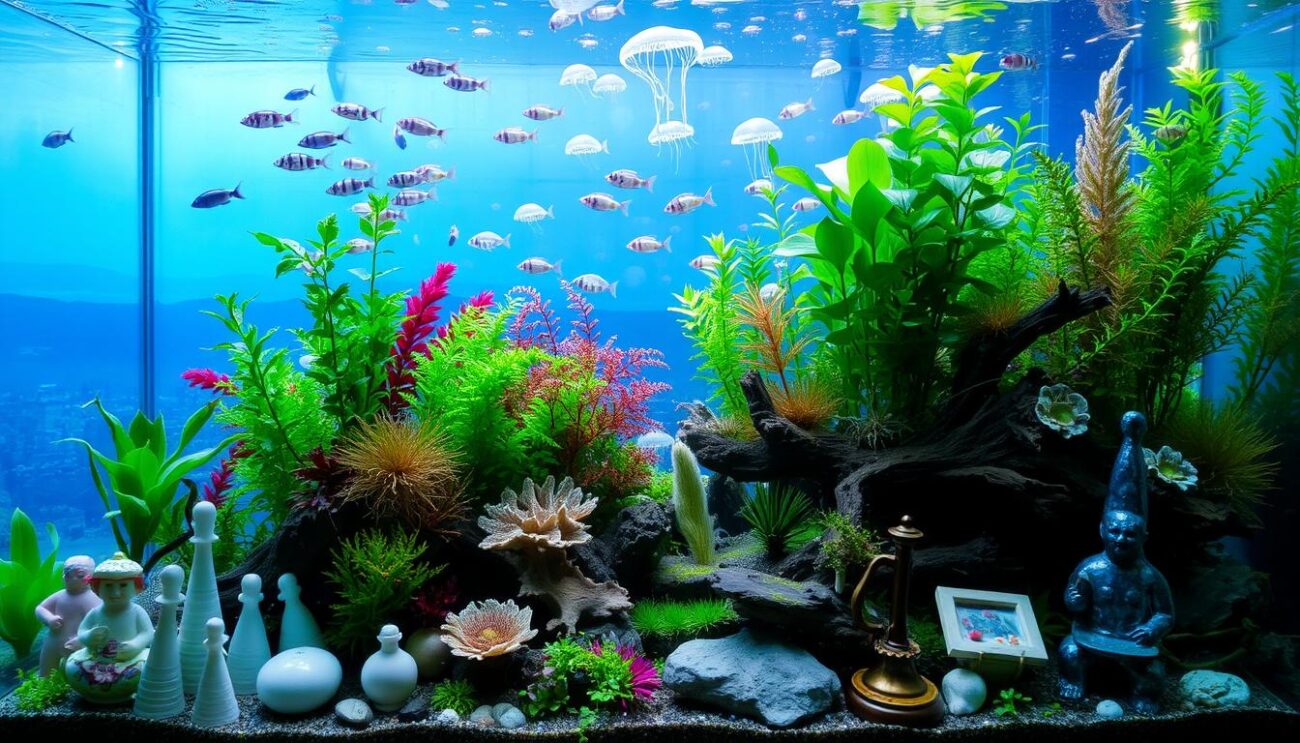
Selecting Colourful Accents and Decorations
Vibrant pieces should complement, not overpower, natural elements. A splash of red lava rock pairs beautifully with green plants, while cobalt glass beads mimic water reflections. Melbourne aquascaper Sarah Kim advises: “Choose two accent hues maximum – it keeps the look cohesive.”
Functional decorations serve dual purposes. Terracotta pipes become fish hideouts, while textured slate slabs host algae grazers. Always scale items to your tank’s size – oversized ornaments overwhelm small spaces.
Building Contrast and Depth in Your Layout
Layer elements by size to create illusionary space. Position large driftwood pieces near the front, medium stones midground, and fine gravel at the rear. This technique tricks the eye into seeing greater depth.
| Tank Size | Foreground | Midground | Background |
|---|---|---|---|
| 40L | Moss-covered pebbles | Small branch wood | Tall stem plants |
| 100L | Sand pathways | Stacked slate | Vallisneria curtains |
Lighting enhances contrast. Angle spotlights to cast shadows behind rock formations. Dark substrates make bright fish colours pop, while light sands amplify plant greens. Perth hobbyist Raj Patel notes: “Negative space matters – leave breathing room between features.”
“Decorations should guide the viewer’s eye through the scene, not clutter it.”
Customising Your Aquarium Style
Your aquatic display becomes a personal canvas where creativity meets aquatic biology. Tailoring layouts to reflect individual tastes turns standard tanks into signature pieces. Let’s explore how species selection and design choices shape unique underwater worlds.
Livebearer Communities and Mixed Setups
Livebearers like guppies and platies bring dynamic energy to aquarium designs. Their playful swimming patterns pair beautifully with flowing plants. Community tanks thrive when combining peaceful species – think neon tetras with cherry shrimp colonies.
Substrate choice anchors your style: - Dark sands highlight bright cherry shrimp - Light gravels contrast with Java fern greens - Mixed textures create natural riverbed effects
| Setup Type | Ideal Species | Substrate Pairing |
|---|---|---|
| Livebearer Focus | Mollies, Swordtails | Crushed coral blend |
| Community Mix | Rasboras, Corydoras | Fine silica sand |
| Shrimp-Centric | Cherry, Amano | Volcanic soil mix |
Brisbane hobbyist Ella Chen shares: “I layer substrates – nutrient-rich soil beneath decorative sand. Plants root deeply while maintaining that clean aquarium look.” This approach balances practicality with visual appeal.
Experiment with hardscape arrangements. Slate ledges create tiered swimming zones, while spider wood branches guide fish movement. Remember – your setup evolves with your growing skills. Start simple, then add complexity as confidence grows.
“My first community tank had three species – now it’s a thriving ecosystem. Small changes make big impacts over time.”

Choosing the Right Fish for Your Display
Selecting aquatic residents isn’t just about colour preferences – it’s about crafting a harmonious ecosystem. Your tank’s layout directly influences which species thrive, from open-water swimmers to bottom-dwelling explorers. Let’s decode how to pair behaviours with design elements for lasting vitality.
Matching Fish Species with Your Aquascape
Active schooling fish like harlequin rasboras need horizontal swimming space. Dense plantings at the rear create safe zones while maintaining visual flow. “Vertical hardscape elements suit shy species like dwarf cichlids,” notes Adelaide aquarist Marco Silva. “They establish territories around rock formations naturally.”
Consider these pairings for popular setups:
| Aquascape Style | Ideal Fish | Key Behaviour |
|---|---|---|
| Planted Jungle | Cardinal tetras | Mid-water schooling |
| Rocky Stream | Stiphodon gobies | Algae grazing |
| Minimalist Design | Betta splendens | Surface dwelling |
Water parameters matter too. Soft-water fish like neon tetras struggle in alkaline conditions common across parts of Australia. Test local tap water before selecting species – it prevents costly mismatches.
Long-term success comes from understanding needs: - Schooling fish require groups of 6+ - Territorial types need defined zones - Mixed communities demand compatible temperaments
“Your aquarium isn’t a static picture – choose fish that grow with the system over years.”
Themed displays gain authenticity through thoughtful stocking. Asian biotopes shine with zebra danios, while Amazonian setups welcome angelfish pairs. Every choice shapes a living story beneath the water’s surface.
Integrating Shrimp and Snails for a Balanced Ecosystem
Small cleaners make big impacts in aquatic environments. Adding shrimp and snails transforms your tank into a self-regulating system where species work together. These invertebrates tackle algae growth and leftover food, reducing manual cleaning while boosting water quality.
Amano shrimp act as nature’s scrub brushes, grazing biofilm off leaves and hardscape. Nerite snails polish glass surfaces, leaving crystal-clear views. “My cherry shrimp colony halved algae issues within weeks,” shares Gold Coast hobbyist Liam Park. “They’re living vacuum cleaners with personality.”
Compatibility matters when mixing fish and invertebrates. Avoid aggressive species like cichlids that might snack on smaller tankmates. Ideal pairings include:
| Invertebrate | Best For | Avoid With |
|---|---|---|
| Red Cherry Shrimp | Peaceful communities | Large predators |
| Mystery Snails | Planted tanks | Loaches |
| Bamboo Shrimp | High-flow setups | Nippy tetras |
Maintain calcium-rich water for healthy shells – crushed coral supplements work wonders. Whether you’re starting fresh or upgrading an existing tank, these helpers simplify maintenance. They thrive in planted setups with hiding spots like cholla wood or dense moss.
“Invertebrates taught me ecosystems need all roles filled – not just the flashy fish.”
Start with small groups to gauge balance. Two shrimp per litre and one snail per 20L prevents overcrowding. Observe their life cycles – thriving populations signal excellent water conditions. This natural approach creates healthier habitats with minimal intervention.
Maintenance Tips for a Thriving Aquarium
Consistent care transforms your aquatic display into a resilient ecosystem. A structured approach prevents sudden imbalances while letting natural beauty shine. Let’s explore routines that keep fish vibrant and plants flourishing year-round.
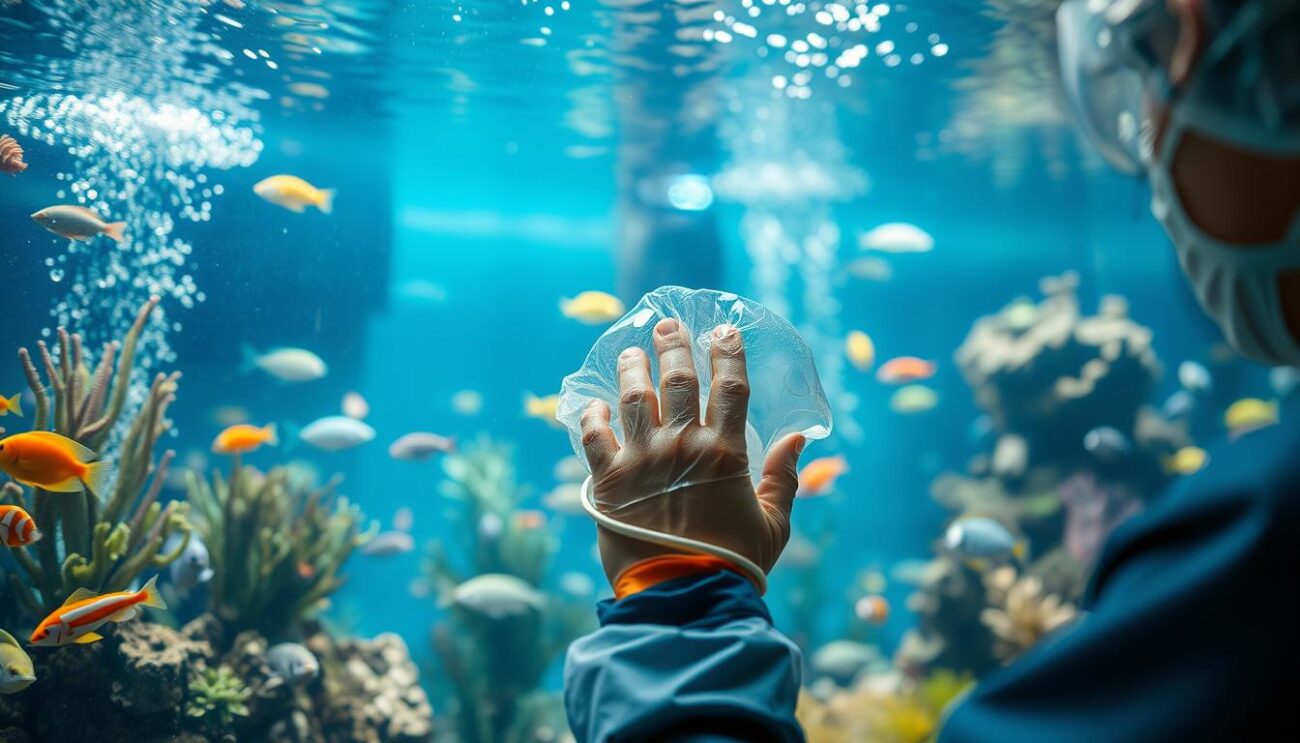
Routine Water Changes and Filter Cleaning
Weekly partial water changes remove invisible toxins. Sydney aquarist Mia Chen recommends: “Replace 20% every 7 days – it’s like resetting your system’s clock.” Pair this with monthly filter maintenance using tank water to preserve beneficial bacteria.
| Task | Frequency | Tips |
|---|---|---|
| Water Testing | Weekly | Check pH, ammonia, nitrates |
| Gravel Vacuuming | Bi-weekly | Focus on waste-prone areas |
| Filter Media Rinse | Monthly | Use dechlorinated water |
Monitoring Fish and Plant Health
Watch for subtle cues. Rapid gill movement suggests oxygen issues, while yellowing leaves indicate nutrient gaps. Healthy species display consistent eating habits and active swimming patterns.
Create a maintenance checklist to save time: - Test water parameters every Sunday - Trim overgrown plants fortnightly - Inspect equipment during feedings
“Daily 5-minute checks catch problems early – it’s easier than weekly crisis management.”
Stable conditions reduce stress for all inhabitants. Adjust routines seasonally – evaporation increases in Australian summers, requiring more frequent top-ups. Your vigilance ensures a thriving underwater world.
DIY Solutions for Aquarium Filters and Setups
Crafting your own aquarium gear blends creativity with practicality. Aussie hobbyists often repurpose household items into functional equipment, proving effective solutions needn’t break the bank. Let’s explore how simple materials can transform your aquatic environment.
Cost-Effective and Customisable Filter Options
Perth aquarist Jake Wilson shares his favourite DIY project: “Cut a plastic bottle into thirds, layer filter floss and bio-balls, then connect to an air pump. This nano filter costs $8 and handles 40L tanks beautifully.” Such options let you adjust flow rates and media types for specific needs.
Key benefits of homemade systems: - Adjustable compartments for different substrate layers - Space-saving designs for tight spaces - Easy upgrades as your setup evolves
| Material | Cost | Function |
|---|---|---|
| Sponge | $3 | Mechanical filtration |
| Lava rock | $5/kg | Biological media |
| PVC piping | $2/m | Water flow control |
Brisbane’s Nano Tank Enthusiasts group uses gravel as both decoration and filter media. Their hack: place coarse stones beneath fine substrate to prevent compaction. This dual-purpose approach boosts beneficial bacteria growth while maintaining water clarity.
“My DIY canister filter outperforms store-bought models – and I built it from leftover plumbing parts!”
Experiment with layered substrates using sand and crushed coral. These natural materials stabilise pH while creating visual depth. Remember – successful DIY projects prioritise safety and water flow efficiency over aesthetics alone.

Creating a Biotope or Themed Aquarium
Imagine your living room hosting a slice of the Amazon River or a miniature Australian billabong. Biotope aquascapes recreate specific natural habitats, blending science with artistry. These setups prioritise ecological accuracy while delivering striking visual beauty.
Nature’s Blueprint in Glass
Brisbane hobbyist Ethan Wells transformed his 120L fish tank into a Southeast Asian blackwater stream. “I used ketapang leaves and driftwood to mimic tannin-stained waters,” he explains. “It’s not just about style – my rasboras exhibit natural behaviours unseen in standard setups.”
Key steps for authentic biotopes: - Research water parameters from the target region - Source native plants like Cryptocoryne species - Use locally collected stones or approved substitutes
| Biotope Type | Substrate | Hardscape | Signature Species |
|---|---|---|---|
| Amazon River | Fine sand | Driftwood roots | Cardinal tetras |
| Coral Atoll | Crushed coral | Limestone rocks | Damselfish |
| Asian Stream | Volcanic gravel | Slate slabs | Stiphodon gobies |
Themed setups offer creative freedom while maintaining ecological logic. A “sunken temple” concept could feature moss-covered ruins alongside peaceful barbs. The secret lies in balancing depth through layered elements and restrained colour palettes.
“My Murray River biotope uses river pebbles and native gudgeons – it’s like having a piece of the outback underwater.”
Whether replicating exact locales or crafting imaginative worlds, let nature guide your aquascape decisions. This approach creates living displays where every point of interest tells an authentic story.
Innovative Ideas for 55-Gallon Aquariums
A 55-gallon tank offers endless possibilities for creative aquascaping. Hobbyists across Australia are transforming these spacious systems into dynamic underwater worlds. Let’s explore how diverse styles – from bustling livebearer setups to bold barb displays – make the most of this versatile format.
From Planted Livebearer Tanks to Barb Displays
Perth hobbyist Mia Chen turned her 200L system into a guppy paradise. “I layered Java moss over driftwood arches for fry protection,” she explains. “The colors of endlers and platies pop against dark substrate.” This approach balances breeding practicality with visual appeal.
| Setup Style | Key Species | Color Palette | Design Focus |
|---|---|---|---|
| Planted Livebearer | Guppies, Swordtails | Fiery reds/greens | Surface cover + open midwater |
| African Cichlid | Electric Yellows | Sunset oranges/blues | Rock labyrinths + sandy zones |
| Barb Display | Tiger, Cherry Barbs | Ruby reds/black stripes | Current-loving plants |
Brisbane’s Nano Fish Collective proves bigger fish tanks allow unique options. Their tiger barb river setup uses slate stacks to create flowing water channels. The contrast between silver dollars and cherry-red barbs adds drama without overcrowding.
“My 55-gallon became an aquatic theatre – each species plays a role in the visual story.”

Conclusion
Your journey into aquatic design starts with thoughtful planning. Whether crafting compact setups or expansive displays, balancing aesthetics with fish health remains the key point. Remember local water conditions influence equipment choices, while creative layouts turn functional spaces into living art.
Regular maintenance and smart species selection work together for thriving environments. Draw inspiration from nature’s patterns or personal flair – there’s no single ‘right’ idea. Customise layouts using our practical list of tips, mixing DIY projects with store-bought solutions.
Why not begin today? Share your unique setups with fellow Aussie hobbyists online. Every experiment adds to your skillset, transforming glass boxes into mesmerising worlds. With patience and care, your vision will work its magic – one bubbling ripple at a time.
FAQ
How often should I refresh the water in my tank?
Aim for partial changes every 1–2 weeks, replacing 10–25% of the volume. This keeps conditions stable for fish and plants while removing waste. Adjust based on tank size and species needs.
What’s an easy plant for beginners?
Java fern or anubias are hardy choices. They thrive in low light, attach to driftwood or rocks, and don’t require nutrient-rich substrate. Perfect for low-maintenance setups!
Can I mix shrimp with fish in a nano tank?
Yes! Cherry shrimp pair well with small, peaceful species like ember tetras. Avoid larger fish that might see shrimp as snacks. Provide hiding spots with moss or caves.
Do I need special gravel for live plants?
It depends. Some plants, like java fern, grow on surfaces. For root feeders, use nutrient-rich substrates like ADA Aqua Soil. Sand or standard gravel works for simpler layouts.
How do I create depth in a small aquascape?
Use sloping substrate (thicker at the back), arrange driftwood diagonally, and place smaller rocks or plants upfront. This tricks the eye into perceiving more space.
What fish suit a 55-gallon community display?
Livebearers (guppies, mollies) or schooling species like harlequin rasboras add movement. Pair with bottom-dwellers like corydoras for a balanced, lively ecosystem.
Are DIY filters reliable for long-term use?
They can be! Sponge filters are affordable and effective, especially for breeding tanks. Pair with a quality air pump, and clean regularly to maintain flow.
How do I prevent algae without harsh chemicals?
Limit light to 6–8 hours daily, avoid overfeeding, and add fast-growing plants like hornwort. Nerite snails also help by grazing on surfaces.

